How to Prepare for a Video Interview: Tips and Tricks
Learn how to ace your video interview with effective preparation techniques and insightful tips.
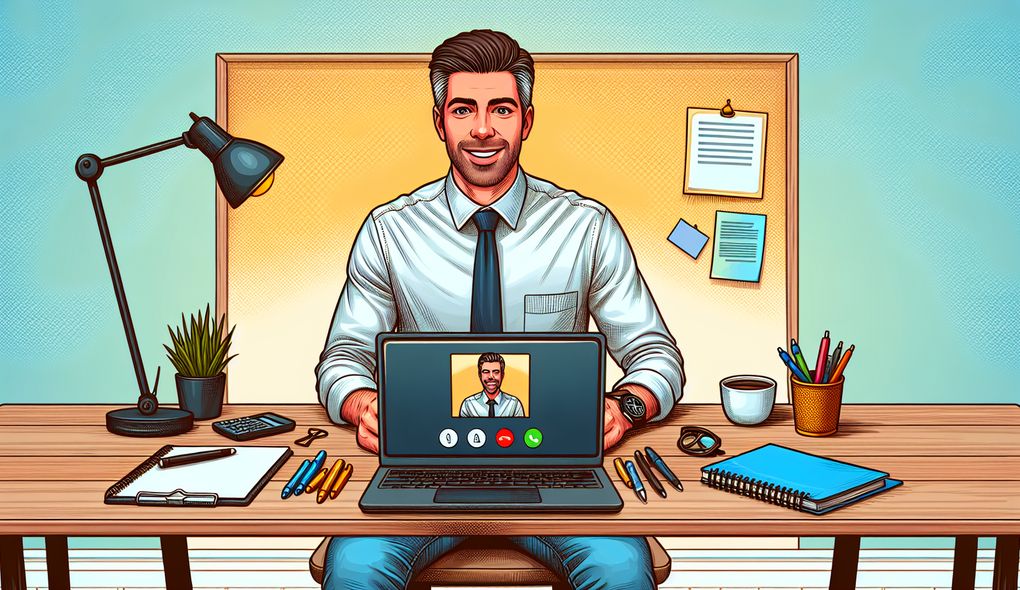
In the current job market, video interviews have become a staple in the hiring process. With the rise of remote work and the need for social distancing during certain periods, employers and candidates alike are turning to video conferencing platforms to facilitate the initial stages of the interview process. Preparing for a video interview requires the same thoroughness as preparing for an in-person interview, with added technical considerations.
Understanding the Format
Before diving into preparation, it's essential to understand the format of the video interview. Typically, these can be live or pre-recorded. A live interview is just like an in-person interview but conducted via video call. On the other hand, a pre-recorded interview requires you to record answers to pre-set questions without the presence of an interviewer.
Research and Practice
- Company Research: As with any interview, start by researching the company you're interviewing with. Understand their products, services, culture, and recent news. This will enable you to tailor your answers to demonstrate your knowledge and fit for the company.
- Common Questions: Prepare answers for common interview questions. Use the STAR method (Situation, Task, Action, Result) to structure your responses clearly and concisely. Practice your answers out loud, and consider recording yourself to critique your delivery.
- Technical Prep: Familiarize yourself with the video conferencing software being used. Download it in advance, create an account if necessary, and learn its basic functions. Test your camera and microphone to ensure they are working correctly.
Visual Presentation
- Professional Attire: Dress professionally, just as you would for an in-person interview. Remember, the camera can affect how colors and patterns appear, so opt for solid, neutral colors.
- Background and Lighting: Choose a quiet, clean space with a neutral background. Natural lighting is best, but if that's not possible, make sure your face is well-lit and visible without any harsh shadows.
- Camera Positioning: Position your camera at eye level. This prevents unflattering angles and mimics the effect of making eye contact. Keep some distance from the camera to ensure your gestures are visible, as they are a vital part of communication.
Technical Setup
- Reliable Internet: A stable internet connection is crucial. If possible, connect to your router with an Ethernet cable for the most reliable connection. Perform an internet speed test to ensure your connection is fast enough to support video streaming.
- Test Calls: Conduct test calls with a friend or family member to check for any issues with sound or video quality. Adjust the volume and microphone settings to find the best balance.
- Backup Plan: Have a backup plan in place in case of technical difficulties. This could include having your phone ready to switch to a mobile hotspot, or even switching to a phone interview if necessary.
During the Interview
- Body Language: Maintain good posture, smile, and make 'eye contact' by looking at the camera. Avoid looking at yourself on the screen, as it can be distracting and appear as if you're not paying attention to the interviewer.
- Listening Skills: Listen carefully and don't rush your answers. There may be a slight delay, so allow for a pause after the interviewer has finished speaking to prevent talking over them.
- Engagement: Engage with the interviewer by nodding and showing that you are actively listening. If you have questions prepared, do not hesitate to ask them when appropriate—a sign you are genuinely interested in the role and the company.
Closing the Interview
End the interview by thanking the interviewer for their time, reiterating your interest in the position, and asking about the next steps in the hiring process. Follow up with a thank-you email, highlighting parts of the conversation that were particularly meaningful to you, and reaffirming your interest in the role.
After the Interview
Reflect on the interview and make notes on questions you could have answered better, or technical issues you encountered. This will help you prepare for future video interviews and improve your overall interviewing skills.
In conclusion, the key to nailing a video interview lies in preparation, presentation, technical setup, and post-interview reflection. By following these tips and tricks, you’ll be better equipped to present the best version of yourself to potential employers, even through a screen. Remember, practice makes perfect, and with each video interview, you'll become more adept at navigating this increasingly common hiring tool.
Frequently Asked Questions
1. What are the key differences between a video interview and an in-person interview?
A video interview is conducted remotely using video conferencing software, whereas an in-person interview takes place face-to-face. While the core principles of interviewing remain the same, there are technical considerations unique to video interviews, such as camera positioning and internet stability.
2. How should I prepare for a pre-recorded video interview?
Preparing for a pre-recorded video interview involves practicing your answers to set questions without direct interaction with an interviewer. Focus on articulating your responses clearly, maintaining professional attire and demeanor, and ensuring a suitable background and lighting setup.
3. What are some common technical issues that may arise during a video interview?
Technical issues commonly encountered during video interviews include poor internet connection leading to video lag or audio disruptions, camera or microphone malfunctions, and software compatibility issues. It's important to conduct thorough technical checks before the interview to address and prevent such issues.
4. How can I maintain a professional demeanor during a video interview?
Maintain professionalism during a video interview by dressing appropriately, setting up a professional background, maintaining good posture, making eye contact with the camera, and engaging actively with the interviewer. Avoid distractions, such as checking your phone or appearing disinterested.
5. Is it acceptable to refer to notes or cue cards during a video interview?
While it's generally acceptable to have notes or cue cards for reference during a video interview, avoid relying on them excessively or looking down frequently, as it may appear as though you are not fully engaged in the conversation. Use notes as a guide to enhance your responses, but prioritize natural conversation flow.
6. How soon after a video interview should I send a follow-up or thank-you email?
It's advisable to send a follow-up or thank-you email within 24 hours of the video interview. Use this opportunity to express gratitude for the opportunity, reiterate your interest in the position, and touch upon key points discussed during the interview. A prompt and thoughtful follow-up can leave a positive impression on the interviewer.
Further Resources
For further insights and guidance on preparing for video interviews, check out these resources:

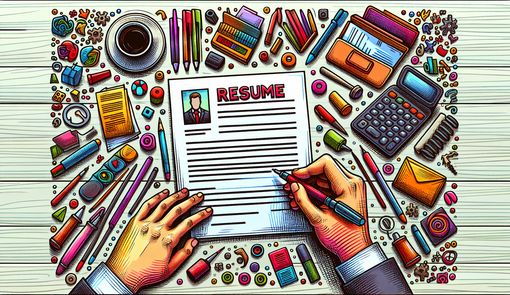 Resume and Cover Letter Writing
Resume and Cover Letter Writing Interview Preparation
Interview Preparation Career Development
Career Development Networking and Personal Branding
Networking and Personal Branding Workplace Skills
Workplace Skills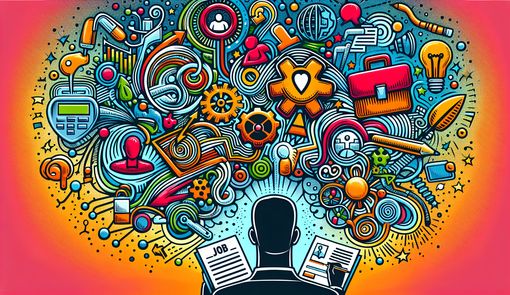 Job Search Strategies
Job Search Strategies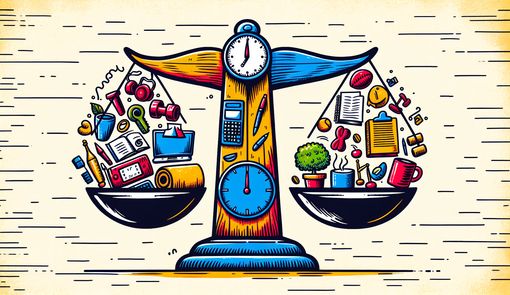 Work-Life Balance
Work-Life Balance Salary Negotiation
Salary Negotiation Career Transitions
Career Transitions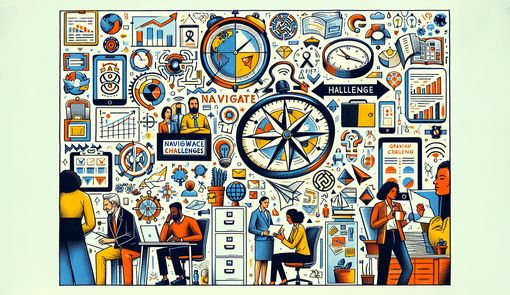 Navigating Workplace Challenges
Navigating Workplace Challenges Professional Growth
Professional Growth Trends in the Workplace
Trends in the Workplace